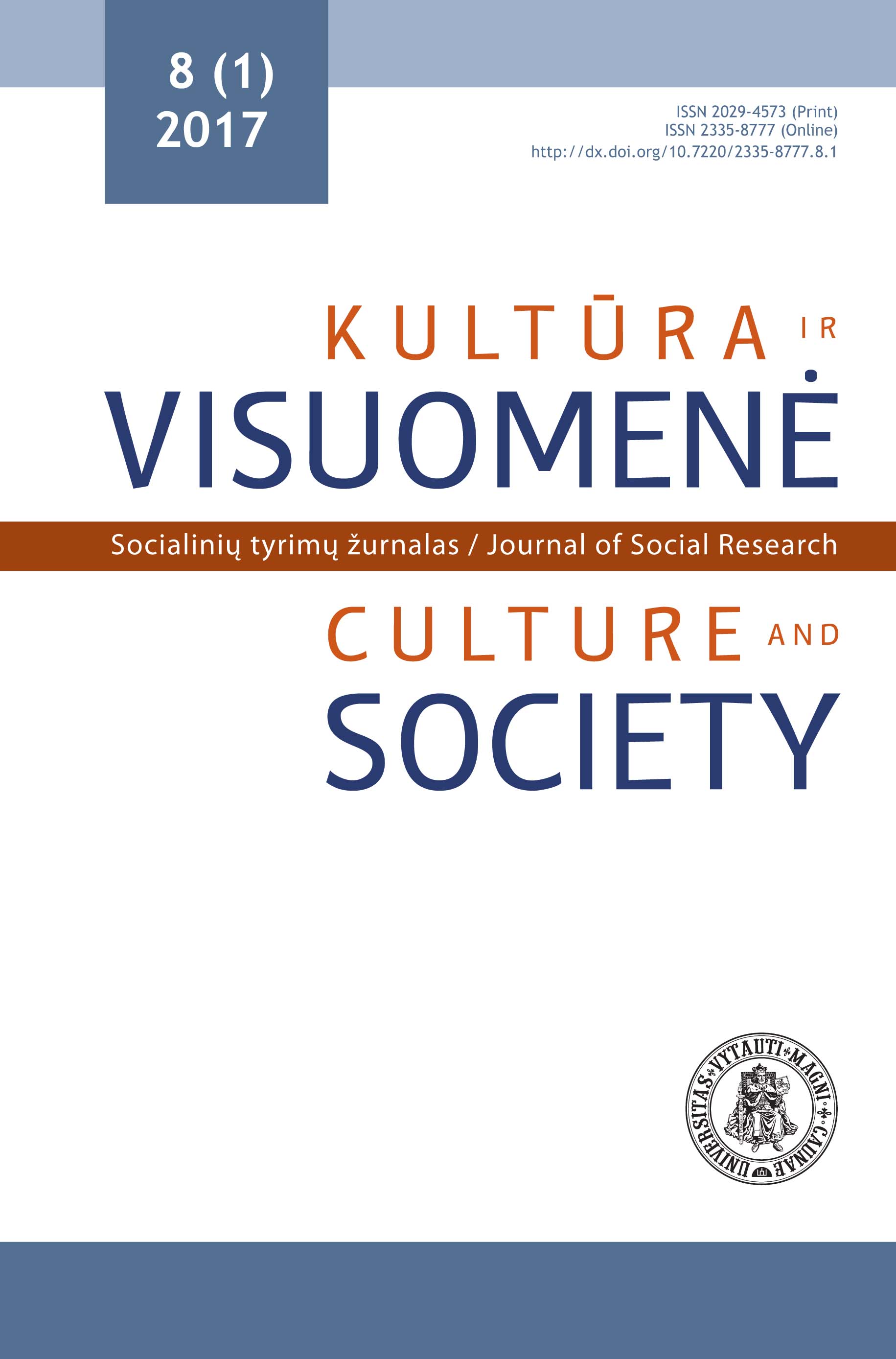Prekariatas: vienos klasės požymių visuma ar visus persmelkianti patirtis?
The Prekariat: a Sum of One-Class Features or All-pervading Contemporary Experience
Author(s): Ieva DryžaitėSubject(s): Labor relations, Organizational Psychology, Management and complex organizations
Published by: Vytauto Didžiojo Universitetas
Keywords: Precariat; Social class; Status; Identity; Modern society; Neoliberalism; Capitalism; Social insecurity; Precarity;
Summary/Abstract: Because its complexity and changeability the concept of precariat is difficult to conceptualize and investigate empirically. In this article, the author attempts to define and analyze the precariat by using various theoretical approaches. She describes premises that stimulated the rise of this concept and features that define it. In contemporary society, economic activity is thought of as one of the most important individual activities, because it ensures their possibility to reconcile personal, economic, social and psychological interests and makes their lives meaningful. From this point of view, an occupation is one of the most important activities related to other social spheres. However, the change in work conditions expressed by flexible, less formalized market relationships and growing social insecurity and the decrease in work based social guarantees and support networks affect individuals’ relationship to their work. The idea of work as the main condition that enables people to satisfy their needs become questionable because of the growing army of “working poor” or precarious workers who demonstrate that the occupation could not always ensure better quality of life. With regard to all these ideas, the author attempts to answer the question whether it is possible to talk about the precariat as a new social class or we should rather discuss precarity as an all-encompassing experience lived by many social strata in contemporary society.
Journal: Kultūra ir visuomenė: socialinių tyrimų žurnalas
- Issue Year: VIII/2017
- Issue No: 1
- Page Range: 73-100
- Page Count: 28
- Language: Lithuanian

